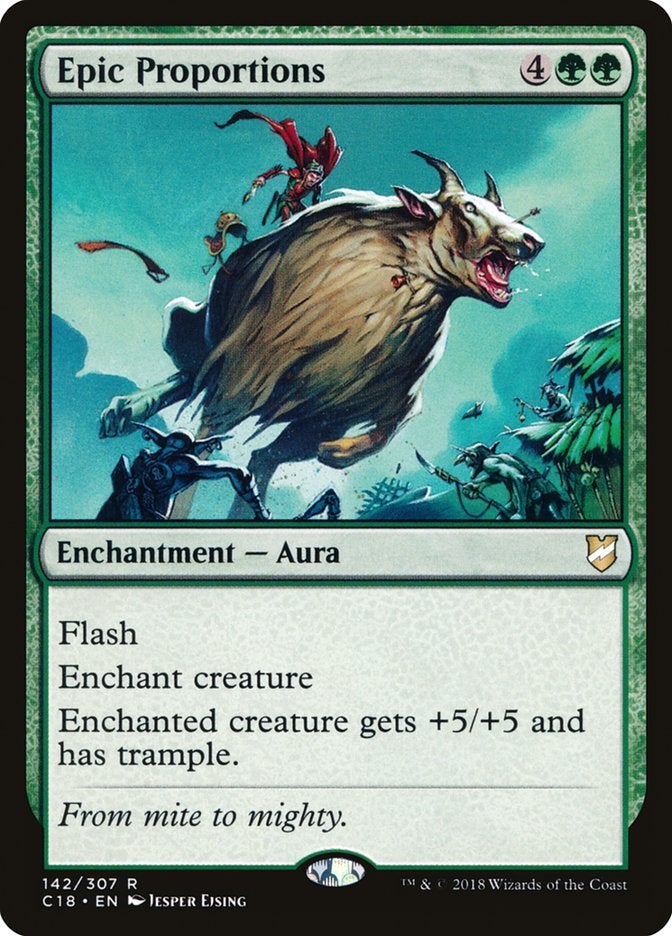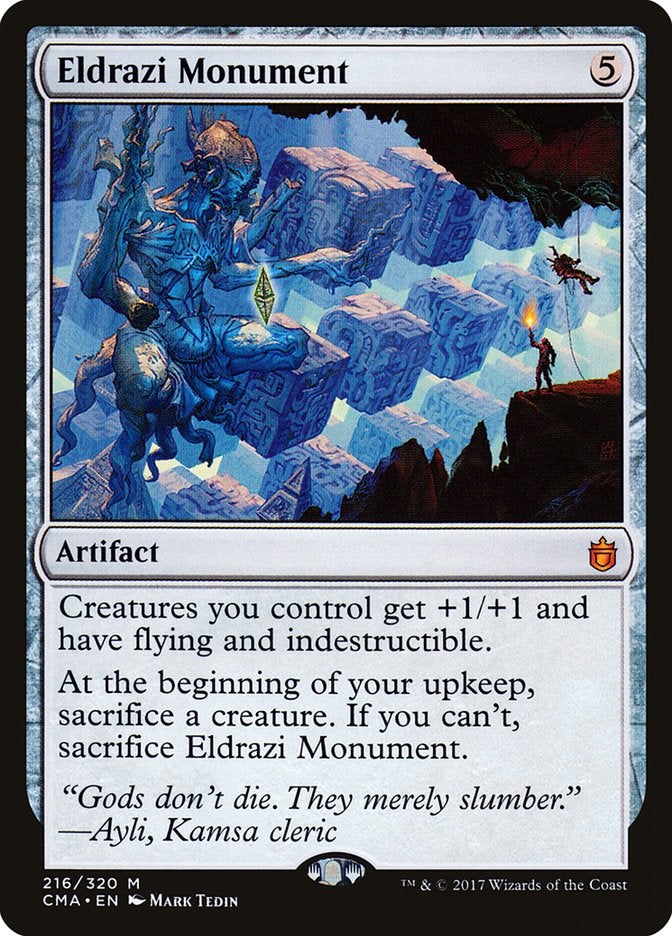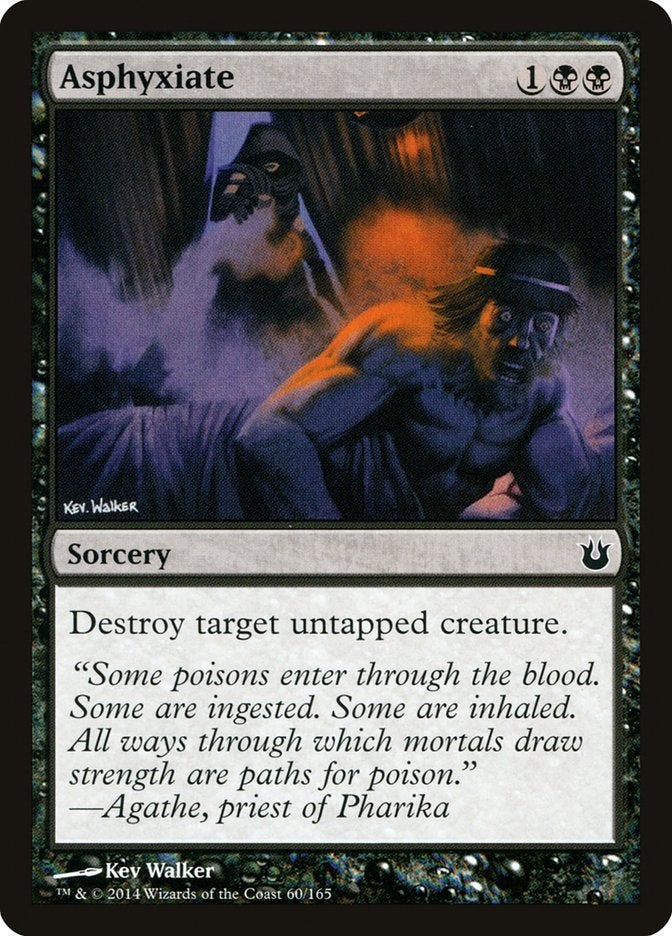![]() Key Takeaway
Key Takeaway
When a creature with Lifelink deals damage to any target, its controller gains life points equal to that creature’s power. The best way to use Lifelink in Magic: The Gathering is to ensure that creatures with this ability can attack as much as possible. To counter Lifelink, you want to stop creatures that have this ability from attacking.
If you need to restore some life points, use Lifelink in Magic: The Gathering! This is a great tactic for outlasting your opponent. If you heal enough, you’ll become virtually undefeatable. This is especially true if you can boost the power of your Lifelink creatures.
Table Of Contents
What Is Lifelink?
When a creature with Lifelink deals damage to any target, its controller gains life points equal to that creature’s power. It doesn’t matter if the target has less toughness, loyalty, defense, or life points than the attacking creature’s power. You always gain life points equal to a Lifelink creature’s power.
Creatures, planeswalkers, battles, and opponents can all be attacked to trigger the effects of Lifelink. The most common color with Lifelink creatures is white and is followed by black.
An Example of How Lifelink Works
Let’s say that you attack with Kindly Ancestor and your opponent blocks with Aegis Turtle. Since Kindly Ancestor’s power is 2, you’ll gain 2 life points after damage calculations. Aegis Turtle loses 2 toughness from blocking; however, it regenerates that lost toughness during the clean-up step of the end phase—as usual.

Lifelink does not heal the creature possessing this ability; it only restores life points to its controller. As such, you should be careful when attacking with a Lifelink creature, as it does not have any innate protection.
How to Use Lifelink
The best way to use Lifelink in Magic: The Gathering is to ensure that creatures with this ability can attack as much as possible. This lets you gain life points consistently. The premise here is simple; the more life points you have, the less likely you are to lose.
Some cards are naturally better at doing so without any aid. With that said, you should try to boost creatures that have Lifelink or give them some sort of protection. Remember that you want Lifelink on a creature with high power to gain more life points from successful attacks.
Boosting the Power of Lifelink Creatures
There are tons of enchantments, instants, and sorceries out there that boost power and toughness. While power is what you’re after for Lifelink creatures, granting them higher toughness almost never hurts. A great example of a card that has high synergy with Lifelink creatures is Epic Proportions.

With a whopping increase of +5 to both power and toughness, anything enchanted by Epic Proportions becomes a threat. Now, imagine you’ve just used it on a Lifelink creature. Even if that creature previously only had 1 power, it’s now at 6 power, so you can potentially gain 6 life points every turn if you continuously attack with it.
If you’re looking for color combinations for a Lifelink-themed deck, consider white and green or black and green. As mentioned before, white and black are the colors that possess the most Lifelink creatures. Green cards often focus on boosting the power and toughness of creatures more than other colors, which makes for good synergy when committing to strategies that focus on attacking with creatures.
Giving Lifelink Creatures Protection
There are a few ways that you can make it more possible for Lifelink creatures to attack successfully without them getting destroyed. One way is to give such creatures the Flying ability. Doing so lets them attack your opponent directly as long as they don’t have any creatures with Flying or Reach. This isn’t a foolproof way to protect your Lifelink creatures but it’s certainly better than nothing.
If you really want to avoid losing a creature with Lifelink, try to give it the Indestructible ability. While more difficult to grant than Flying, there are some powerful cards out there that let you do so. For example, we have Eldrazi Monument.

This mighty artifact gives all creatures you control +1 to power and toughness as well as the Flying and Indestructible abilities. The tradeoff here is that you need to sacrifice a creature at the beginning of every turn to keep Eldrazi Monument on the battlefield. If you play this card, try to use easy-to-spawn creature tokens as the sacrificial creatures.
To some extent, giving a Lifelink creature Hexproof is also a good way to protect it. Just keep in mind that Hexproof only protects creatures from being targeted by spell cards like instants and sorceries.
How to Counter Lifelink
To counter Lifelink in Magic: The Gathering, you want to stop creatures that have this ability from attacking. You can be direct in this manner by straight-up destroying Lifelink creatures with instants and sorceries. Alternatively, you can bring out something threatening enough to deter Lifelink creatures from attacking.
From Lifelink to Lifeless
The simplest methods are often the best when it comes to picking a strategy. If you see a Lifelink creature with high power under your opponent’s control, target it with an instant or sorcery that either deals damage or outright destroys it. For example, you can use Asphyxiate to do so.

For just 3 mana (two of which must be black), you can remove a potential problem from play. In a similar manner, cards that reduce a target’s toughness to zero (or below) through non-damaging effects can also help when ridding the battlefield of Lifelink creatures.
Threatening Your Opponent With Deathtouch Creatures
It’s not the best idea to leave threats alone, but, if you have no alternative, you can play some mind games with your foe. No ability is better for passively threatening an opponent’s creatures than Deathtouch.
If a creature with Lifelink engages in combat with one that has Deathtouch, the Lifelink creature will get destroyed if no other factors are in play. By simply having a Deathtouch creature under your control, you can prevent cautious opponents from attacking with their more valued creatures—such as those with Lifelink.
Lifelink in Magic: The Gathering is all about gaining life through successful creature attacks. Try to increase your life points as much as possible with such creatures to gain an advantage. Even if your primary plays fail, you can rely on that excess of life points to hang on until you form secondary tactics for a comeback! If you’re a fan of offensive strategies, consider using other attack-oriented abilities like Menace and Trample.


